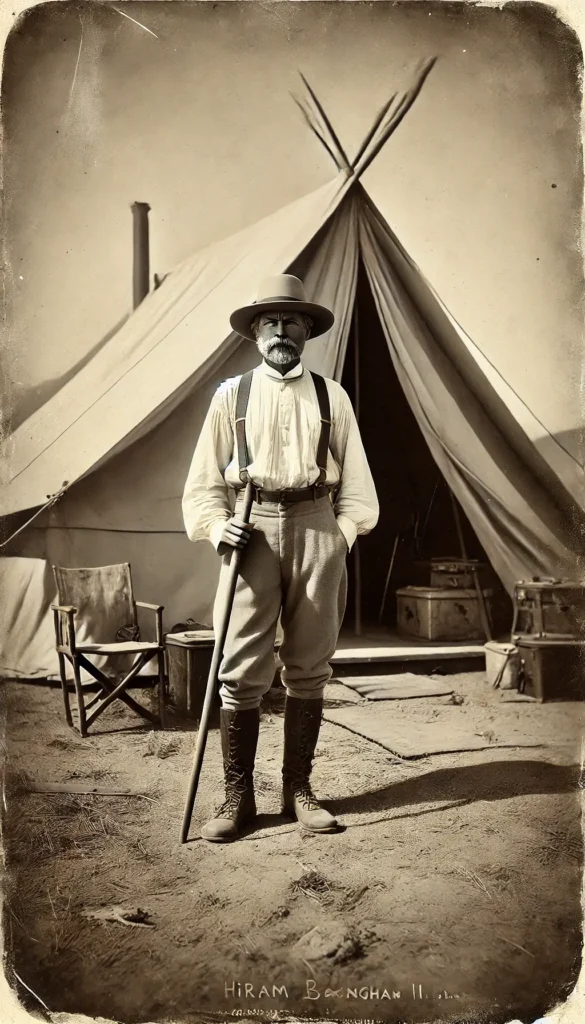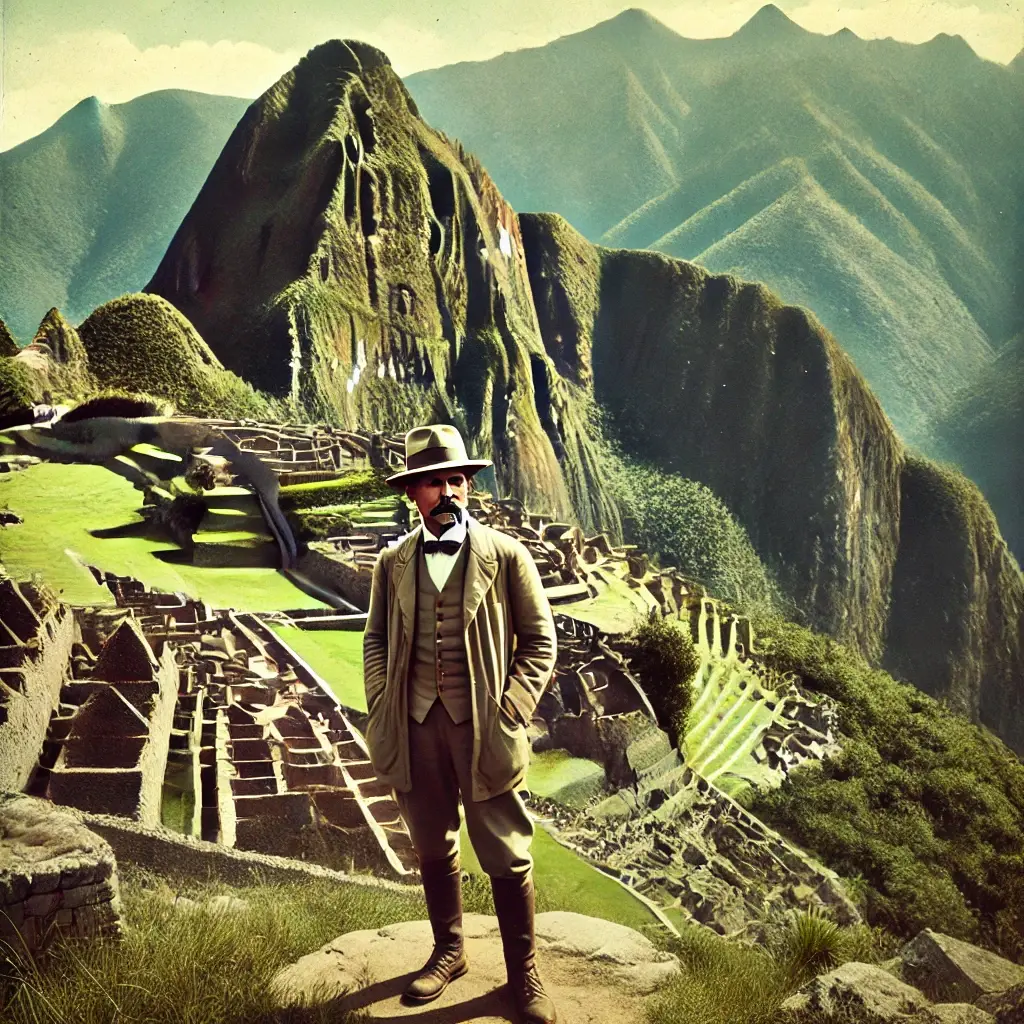On July 24, 1911, American archaeologist Hiram Bingham III re-discovered the ruins of Machu Picchu in Peru. Though known to local farmers, these ruins had been largely forgotten by the outside world until Bingham brought them to international attention. Machu Picchu, believed to have been a royal estate or religious retreat for Incan leaders, has since become one of the most iconic and visited archaeological sites in the world, offering profound insights into the Inca civilization and pre-Columbian cultures in the Americas.
Hiram Bingham III’s expedition to Machu Picchu was part of a larger journey sponsored by Yale University and the National Geographic Society. Bingham, an explorer and lecturer in South American history, was initially searching for the lost city of Vilcabamba, the last refuge of the Inca resistance against Spanish conquest. His discovery of Machu Picchu, however, would overshadow all his other achievements and cement his legacy in the annals of archaeology.
Bingham’s journey to Machu Picchu was arduous and fraught with challenges. He and his team navigated through dense jungles, treacherous mountains, and unpredictable weather. The assistance of local Quechua-speaking farmers was crucial; one of them, Melchor Arteaga, guided Bingham to the ruins on the now-famous day of July 24. Arteaga’s knowledge of the terrain and the ruins played a pivotal role in Bingham’s success.
When Bingham first laid eyes on Machu Picchu, he was awestruck by its beauty and grandeur. The site, perched on a mountain ridge 2,430 meters above sea level, is an architectural marvel, with its intricately carved stone buildings, terraces, and temples. The precision of Inca stonework, with massive blocks fitted together without mortar, has amazed archaeologists and engineers alike.

Machu Picchu is divided into two main areas: the agricultural sector and the urban sector. The agricultural terraces, still visible today, were ingeniously designed to prevent soil erosion and make efficient use of the mountainous terrain. The urban sector includes the Temple of the Sun, the Room of the Three Windows, and the Intihuatana stone, believed to have been an astronomical clock or calendar.
The exact purpose of Machu Picchu remains a subject of debate among historians and archaeologists. Some theories suggest it was a royal estate for the Inca Emperor Pachacuti, who is thought to have ordered its construction in the mid-15th century. Others propose it was a religious site, used for ceremonies and rituals to honor the sun god Inti, a central deity in Inca culture.
The rediscovery of Machu Picchu had profound implications for our understanding of the Inca civilization. It provided tangible evidence of their advanced architectural skills, agricultural practices, and societal organization. The site also highlighted the Incas’ deep connection with their natural environment, as seen in their sustainable farming techniques and the harmonious integration of their buildings with the surrounding landscape.
Bingham’s work at Machu Picchu did not stop with its rediscovery. He conducted extensive excavations and documented his findings meticulously. His publications, including the 1913 National Geographic article and his book “Lost City of the Incas,” brought Machu Picchu to the world’s attention and sparked widespread interest in Inca culture and history.
The site has also become a symbol of Peruvian national pride and identity. It was declared a UNESCO World Heritage site in 1983, recognized for its cultural and historical significance. Machu Picchu attracts millions of visitors each year, contributing significantly to Peru’s tourism industry and economy.
Preserving Machu Picchu has been an ongoing challenge. The influx of tourists, environmental factors, and potential threats from natural disasters necessitate careful management and conservation efforts. Peru has implemented various measures to protect the site, including limiting the number of daily visitors and monitoring the impact of tourism on the ruins and surrounding environment.
Machu Picchu continues to be a focal point for archaeological research. New discoveries and insights emerge regularly, deepening our understanding of Inca society and its achievements. Modern technologies, such as aerial surveys and ground-penetrating radar, have revealed previously unknown structures and features, suggesting that there is still much to learn about this ancient wonder.
Hiram Bingham’s rediscovery of Machu Picchu also raises important questions about cultural heritage and ownership. Many of the artifacts Bingham excavated were taken to Yale University, leading to long-standing disputes between the university and the Peruvian government. In recent years, agreements have been reached to return some of these items to Peru, reflecting a growing recognition of the importance of cultural patrimony.
The story of Machu Picchu is also a reminder of the broader impacts of exploration and archaeology. Bingham’s discovery not only enriched our historical knowledge but also sparked a global fascination with the mysteries of ancient civilizations. This has inspired generations of explorers, historians, and travelers to seek out and preserve the remnants of our shared human heritage.

As we reflect on the significance of Machu Picchu, it is essential to recognize the contributions of the indigenous people who built and maintained this remarkable site. Their ingenuity, craftsmanship, and cultural legacy continue to inspire and captivate us, underscoring the enduring value of preserving and studying ancient cultures.
Machu Picchu stands as a testament to the achievements of the Inca civilization and the enduring allure of archaeological discovery. Its story, brought to light by Hiram Bingham and his team, serves as a powerful reminder of the importance of exploring, understanding, and preserving our collective past.
